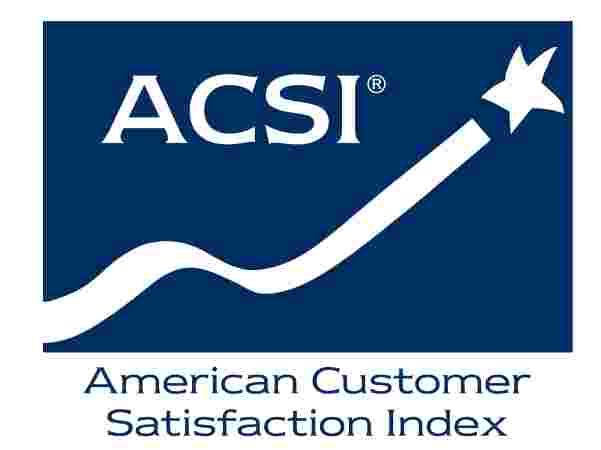
by Nanci Banks | CFI Group | September 28, 2017
What is your agency doing with your Federal Employee Viewpoint Survey (FEVS) results? Consider working with a trusted partner to conduct a structured qualitative program to augment your Agency Management Report (AMR) and help you create a healthy workplace climate.
Each year, the U.S. Office of Personnel Management (OPM) conducts the Federal Employee Viewpoint Survey (FEVS). Results are provided to your agency in the Agency Management Report (AMR).
The AMR is filled with detailed analysis to help you create a great workplace for employees. According to OPM, the AMR is “designed to help your agency identify issues and provides guidance to take action for improvement.” The AMR is packed with great agency-specific data, as well as steps your agency can follow to make clear improvements.
At a minimum, an agency should construct and implement a plan of action based on the AMR. Agencies truly seeking to make significant strides in creating a healthy workplace climate should complement AMR with a qualitative program that gets to the core of the issues identified in the AMR and uncovers specific opportunities for improvements.
A FEVS qualitative program is a structured approach used to engage employees in conversation to better understand the issues and concerns identified from your FEVS data. The structure of this qualitative program can take many forms, depending on how client agencies intend to use the findings.
Agencies truly seeking to make significant strides in creating a healthy workplace climate should complement AMR with a qualitative program that gets to the core of the issues identified in the AMR and uncovers specific opportunities for improvements.
Expert qualitative facilitators use a variety of tools and techniques to get to the heart of the issues from employees’ perspective relative to their experiences and expectations.
In-Depth Interviews (1 person)
At the center of many qualitative efforts are in-depth interviews (IDIs). IDIs are best suited for discussions that require a highly-detailed exploration of an issue. IDIs can run 20-60, can be conducted in-person or via telephone, and can generate tremendous insight due to the close, personal nature of the discussion.Dyads/Triads (2 people/3People)
Dyads and triads are much like IDIs but with two or three interviewees instead of one. They are typically conducted with people who have some type of relationship or shared experience. Conducting a dyad or triad provides a clearer understanding of the process, such as how those involved go about making decisions and what influences those decisions.Mini and Full Focus Groups (4-10 people)
Focus groups are the most common of qualitative methodologies, typically comprised of between 4 and 10 individuals who share some type of commonality (e.g., physical characteristic, demographic characteristic, or behavioral characteristic). Focus groups provide the opportunity to understand “the why” behind behavior, perceptions, and opinions.Brainstorming Sessions (10-25 people)
These “ideation sessions” are conducted with customers or employees and are terrific for exploring opportunities. Idea writing, sensory sorts, wishful thinking exercises, and laddering are just some of the techniques used in a brainstorming session. Clients work closely with the researchers to interpret findings from the sessions.Crowdsourcing (25+ people)
Quick polls, real-time feedback mechanisms, and discussion boards can be effective ways to isolate an issue quickly. A variety of technologies exist to support crowdsourcing efforts, but the important elements for successfully conducting crowdsourcing are often in establishing the ground rules and managing the process effectively.Using these qualitative techniques can help you delve deeper into your FEVS results and generate a wealth of insight as you seek to build your agency and create a healthy workplace climate.
For more information about our qualitative methods, please download more information.
CFI Group has expertise in a wide array of qualitative research methodologies across a variety of platforms and channels (e.g., in-person, telephone, online, or mobile). We manage all aspects of a qualitative program, including study design, project management, respondent recruitment screening, moderator/interviewer discussion guide moderating/interviewing, respondent honorarium payments, results analysis, and report development.
Other Resources
- Date
- September 7, 2023
by David Ham | September 7, 2023 With the amount of money involved in professional sports contracts, the current trend toward deeper analysis makes good business sense. However, […]- Date
- June 2, 2023
by David Ham June 1, 2023 I will start by stating the obvious, inflation is forcing consumers to make tradeoffs and difficult decisions. This puts businesses […]- Date
- August 1, 2022
by David Ham August 1, 2022 Five years ago, I wrote a blog that asked, Is This a ‘Hook-Up’ or a Long-Term Relationship? The post was […]- Date
- May 24, 2022
by Omar Khan May 24, 2022 A few years before getting my first job as a consultant, I spent a summer abroad in the United Arab […]





